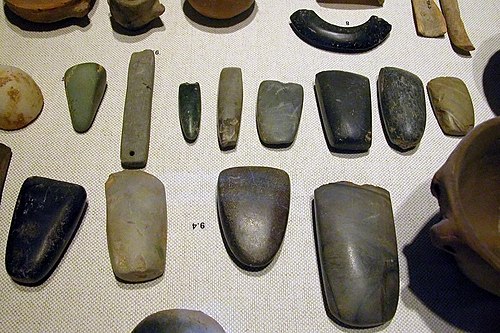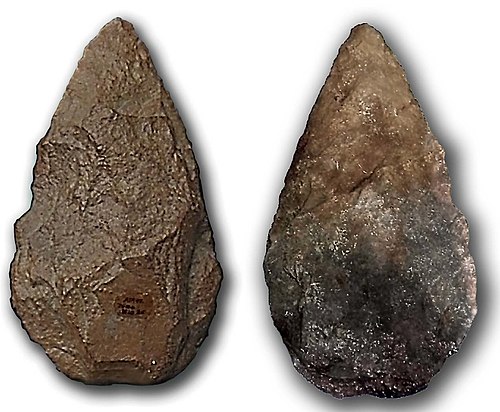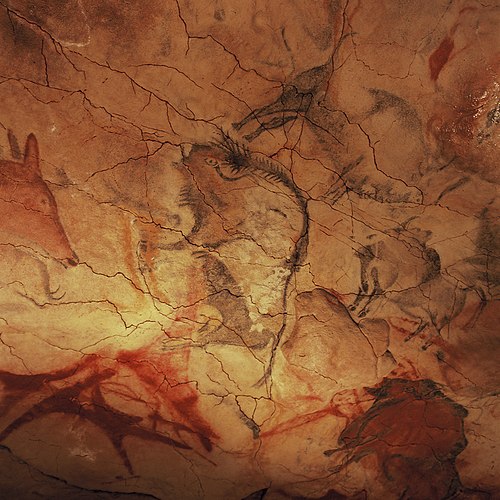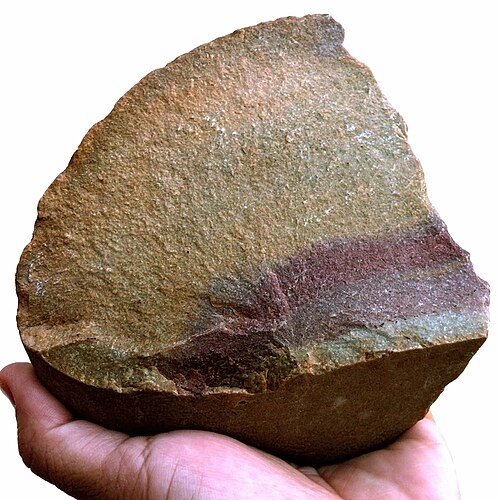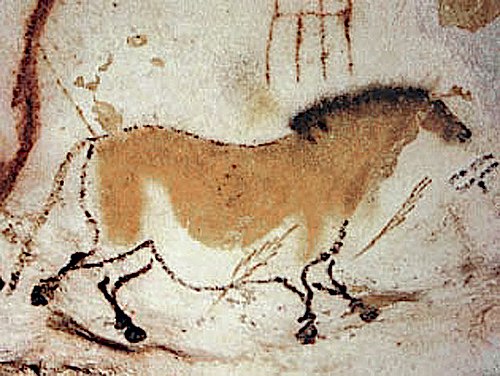Neolithicadjective
(informal) hopelessly outdated
Neolithicadjective
Of or pertaining to, or designating, an era characterized by late remains in stone; the late stone age. Estimated as beginning around 9000 b. c. in the Middle East, this period is characterized by the beginnings of farming, the domestication of animals, and the manufacture of textiles and pottery.
Neolithicnoun
latest part of the Stone Age beginning about 10,000 BC in the middle east (but later elsewhere)
Neolithicadjective
of or relating to the most recent period of the Stone Age (following the mesolithic);
Neolithic
The Neolithic period is the final division of the Stone Age, with a wide-ranging set of developments that appear to have arisen independently in several parts of the world. It is first seen about 12,000 years ago when the first developments of farming appeared in the Epipalaeolithic Near East, and later in other parts of the world.
Paleolithicadjective
(informal) Extremely outdated.
Paleolithicadjective
Of or pertaining to an era marked by early stone implements. The Paleolithic era (as proposed by Lubbock) includes the earlier half of the "Stone Age;" the remains belonging to it are for the most part of extinct animals, with relics of human beings.
Paleolithicnoun
second part of the Stone Age beginning about 750,00 to 500,000 years BC and lasting until the end of the last ice age about 8,500 years BC
Paleolithicadjective
of or relating to the second period of the Stone Age (following the eolithic);
Paleolithic
The Paleolithic or Palaeolithic or Palæolithic (), also called the Old Stone Age, is a period in human prehistory distinguished by the original development of stone tools that covers c. 99% of the period of human technological prehistory.












